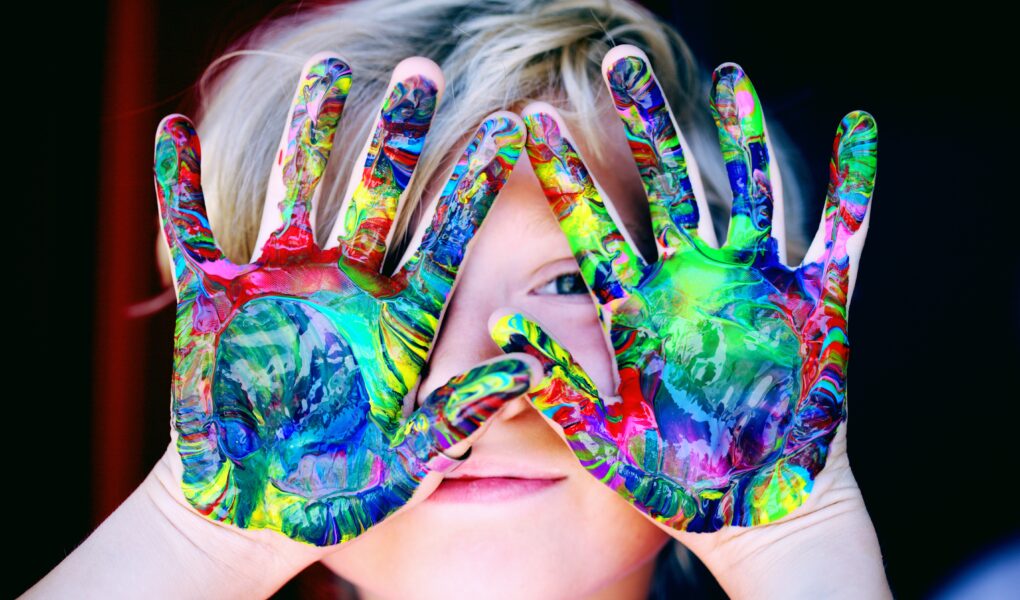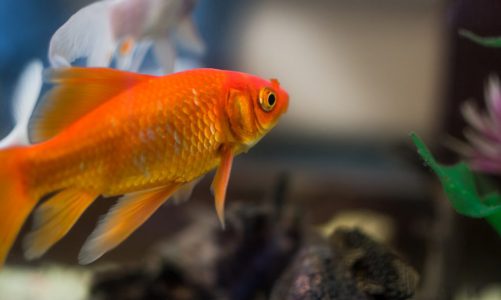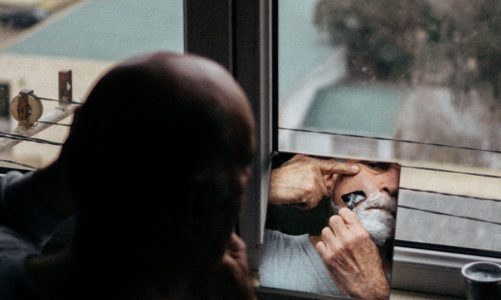Photo by Alexander Grey/Pexels.com
Teaching Colour Therapy – In a world that often feels fast-paced and overwhelming, it’s important to find ways to bring calm and balance into our lives.
Colour therapy, also known as chromotherapy, is a wonderful practice that can help both kids and adults harness the power of colours to promote well-being, creativity, and emotional balance.
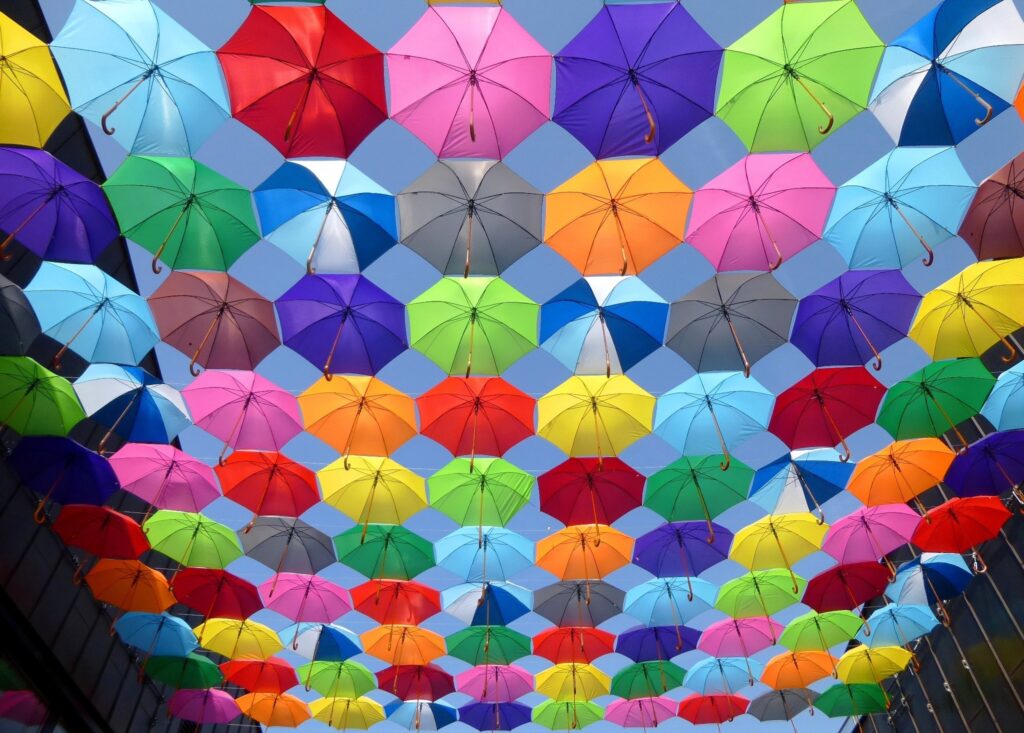
So, let’s guide you through the process of introducing your kids to the fascinating world of colour therapy in a fun and engaging way.
Laying the Foundation
Before delving into colour therapy, it’s helpful to establish a basic understanding of colours.
Begin by teaching your kids about the primary colours (red, blue, and yellow) and how they can be combined to create secondary colours (orange, green, and purple).
Explore the concept of the colour wheel and encourage your kids to identify colours in their environment.
Exploring the Colours
To make learning about colour therapy an exciting adventure, consider creating a “colour of the week” activity.
Choose a colour and encourage your kids to observe and collect objects that represent that colour.
For example, during “red week,” they can gather red toys, clothes, or even fruits and vegetables.
This activity will help them develop a keen eye for colours and enhance their awareness of their surroundings.
Understanding Colour Meanings
Each colour carries unique emotional and psychological associations.
Take the time to discuss the various meanings of colours with your kids. Here are some general associations for reference:
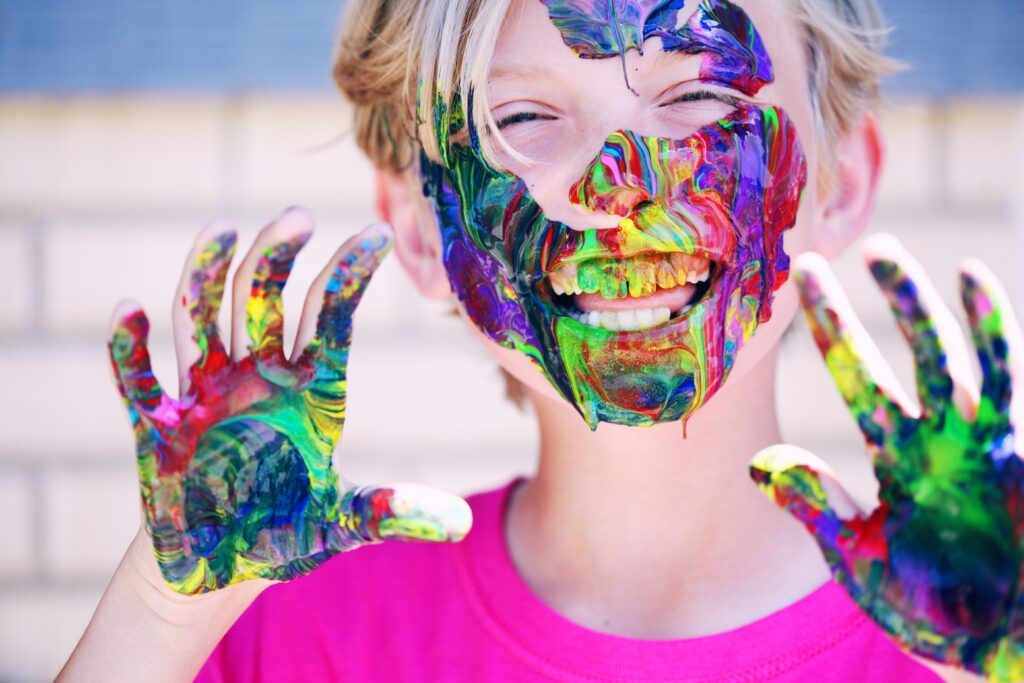
Red: Energy, passion, and courage.
Blue: Calmness, tranquility, and trust.
Yellow: Optimism, happiness, and creativity.
Green: Growth, harmony, and balance.
Orange: Enthusiasm, warmth, and vitality.
Purple: Imagination, spirituality, and wisdom.
Encourage your kids to share their thoughts and feelings about each colour, fostering open and creative discussions.
Creative Colour Activities
Engage your kids in hands-on activities that incorporate colour therapy.
Here are a few ideas:
Colour Meditation: Guide your kids through a simple meditation exercise where they visualize themselves surrounded by a specific colour.
Ask them to imagine the colour filling them with positive energy and helping them feel calm and centred.
Colourful Artwork: Encourage your kids to express their emotions through art.
Provide them with a variety of art supplies in different colours and let them create paintings or drawings that reflect their moods and feelings.
Colourful Foods: Teach your kids about the vibrant colours found in different fruits and vegetables.
Engage them in meal preparation, encouraging them to create colourful salads or smoothies using a variety of ingredients.

Incorporating Colours in Daily Life
Help your kids integrate colour therapy into their daily routines.
Here are some suggestions:
Colourful Wardrobe: Encourage them to select clothes in specific colours that match their desired moods or intentions for the day.
Room Decor: Involve your kids in choosing colours for their bedroom or playroom, considering the
emotional qualities associated with each colour.
Colourful Affirmations: Create colourful affirmation cards together.
Write positive affirmations on cards with corresponding colours, and encourage your kids to select a card each day to set a positive intention.

Your Turn
Introducing your kids to colour therapy can be an exciting and enriching experience for the whole family.
By nurturing their understanding and appreciation of colours, you can help them develop a deeper
connection with their emotions, enhance their creativity, and promote a sense of well-being.
Through playful exploration and creative activities, your kids can embark on a colourful journey of self-discovery and personal growth.

